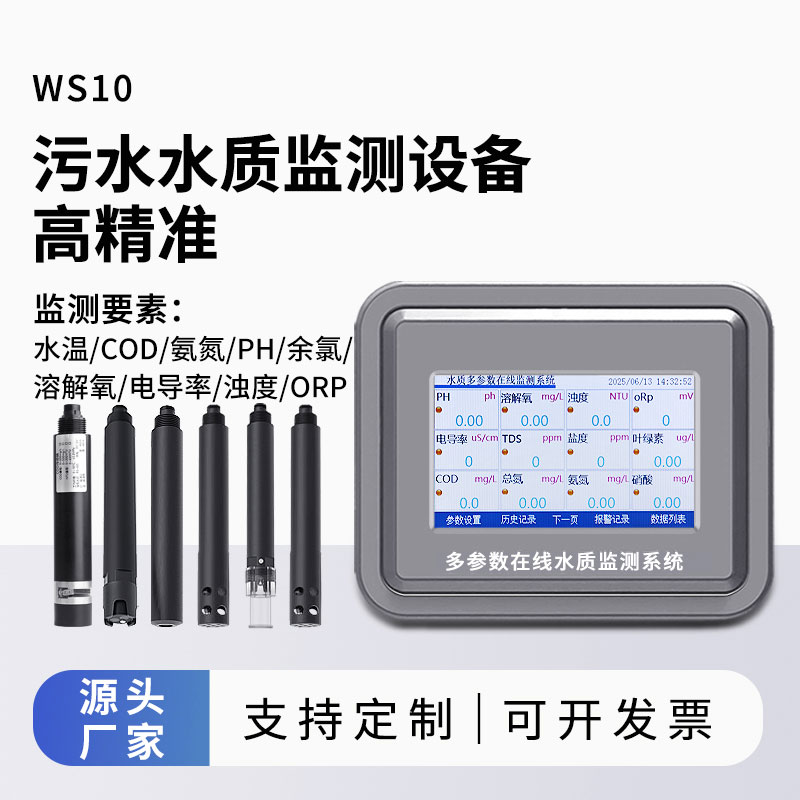The pH value, as an important scale for measuring the acidity and alkalinity of water bodies, has a decisive influence on the rate and direction of many chemical reactions in water. Different organisms have different adaptation ranges to pH values. An overly acidic or alkaline pH environment will cause harm to aquatic organisms and interfere with their normal growth, development and reproduction processes. Many countries and regions have formulated water quality standards related to the pH value of water bodies to protect the environment and public health.
For example, acid rain can cause changes in the pH value of water bodies and then bring long-term adverse effects to the ecosystem. In the water treatment process, precise regulation of the pH value is a key step in removing specific pollutants and achieving effective disinfection. In agriculture and fishery, an appropriate pH value is essential for increasing crop yields and ensuring the survival of fish. If the pH value of the water body deviates from the reasonable range, it may cause erosion and damage to pipelines and water treatment facilities.
Regular pH value measurement helps to monitor the water quality dynamics in real time and detect potential environmental hazards in a timely manner. After all, in the fields of ecology and environmental science, the pH value is also a key element for in-depth exploration of water chemical and biological processes.
The Water PH Sensor FT-S3 adopts the electrochemical (salt bridge) principle. The electrochemical (salt bridge) method is a commonly used means for measuring the pH of water bodies. It mainly utilizes a glass electrode and a reference electrode and constructs a measurement system with the help of a salt bridge.
During measurement, first wash the glass electrode (which has a selective response to hydrogen ions in the water sample) and the reference electrode (with a stable potential) with distilled water, and then immerse the glass membrane of the glass electrode and the liquid junction part of the reference electrode into the water sample to be tested. After the electrodes and the water sample reach equilibrium, read the electromotive force of the working battery with a pH meter.
Its principle is based on multiple aspects. When the glass electrode is immersed in the water sample, the hydration layer on the membrane surface exchanges ions with hydrogen ions. Different hydrogen ion concentrations produce different potential differences, while the potential of the reference electrode is constant. The two form a potential difference related to the activity of hydrogen ions. The pH value can be calculated according to the Nernst equation.
The key role of the salt bridge is to be filled with a high-concentration electrolyte solution such as saturated KCl. The equivalent conductance of positive and negative ions in it is close and migrates fast. When connecting the solutions of the two electrodes, its ion migration maintains the electrical neutrality of the solution, reduces the influence of the liquid junction potential, and ensures that the electromotive force can accurately reflect the relationship between the activity of hydrogen ions and the potential of the glass electrode, so as to accurately measure the pH value of the water body.

This paper addresses:https://fengtusz.com/industry/569.html









